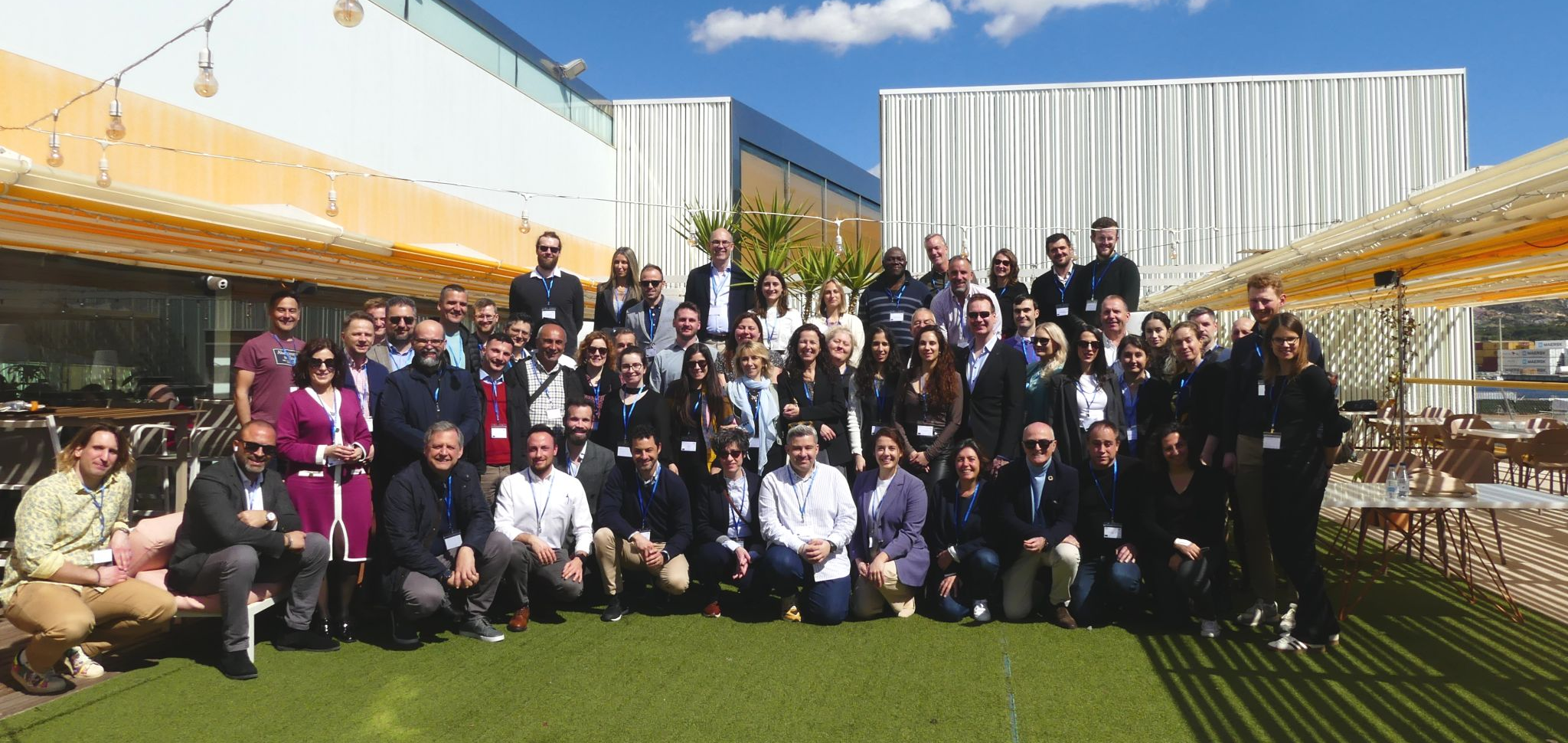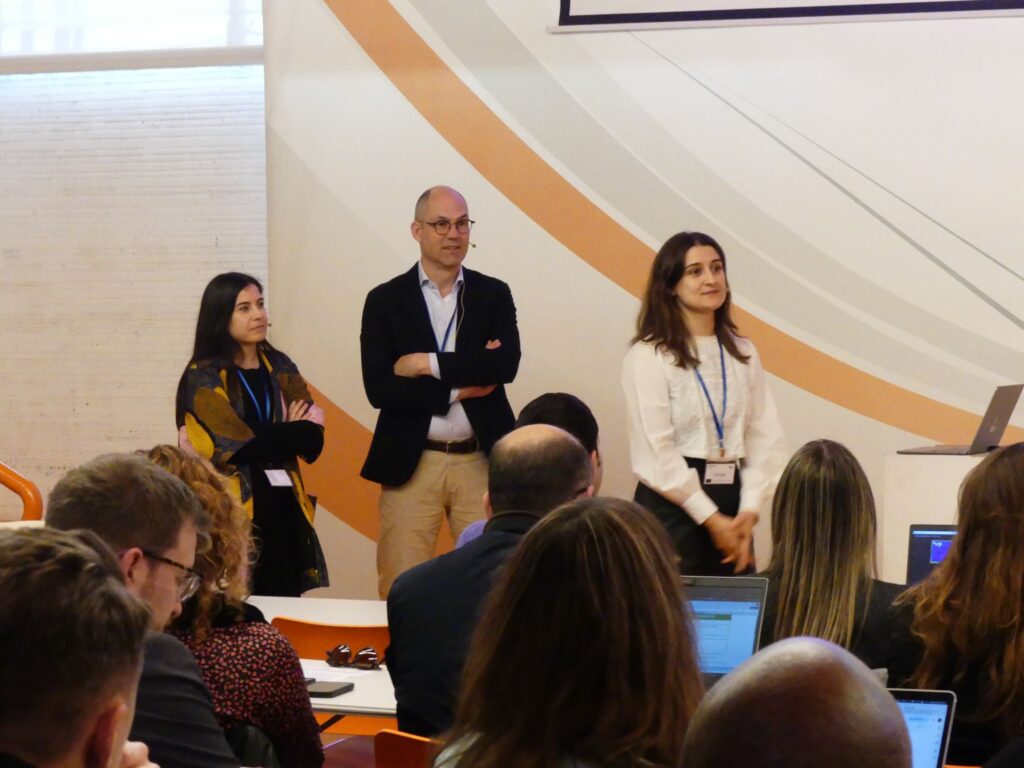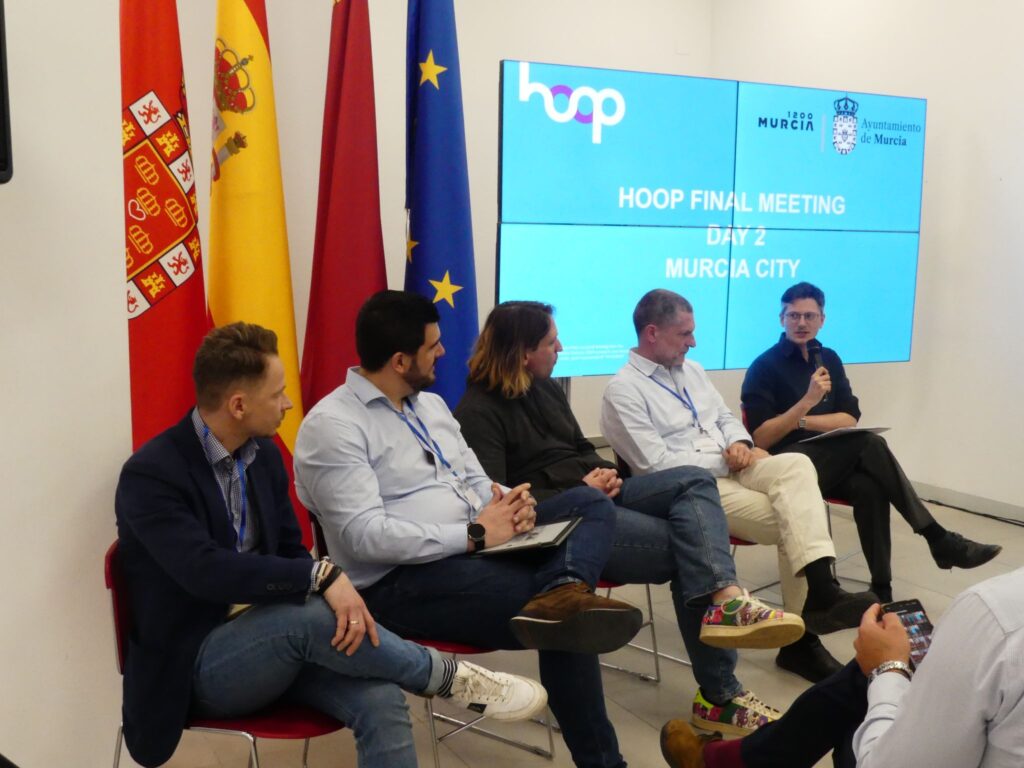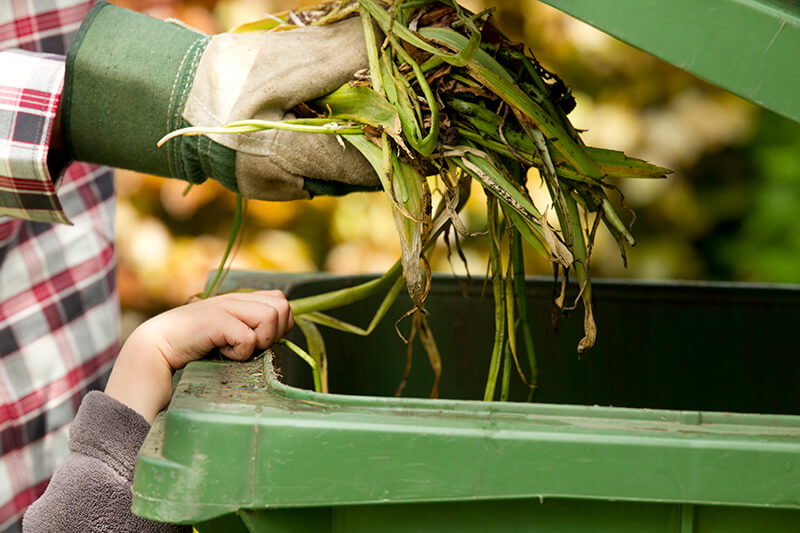The HOOP project demonstrates how urban biowaste can drive the EU’s circular economy. Mafalda Di Palma reveals key policy and investment steps for real impact.
According to the European Commission’s Joint Research Centre, every EU citizen produces around 300 kilograms of biowaste each year. A substantial amount, equivalent to four average-sized washing machines. It’s one of the largest municipal waste streams on the continent—and a huge, missed opportunity.
Despite its potential as a renewable local feedstock for new materials and soil nutrients, most of it is still landfilled or incinerated. That’s not just an environmental failure; it is a strategic failure to create economic value in a local circular economy.
Why biowaste matters
The numbers tell a clear story of ambition and a persistent implementation gap. While separate collection of biowaste is now mandatory across the EU, enforcement is uneven and infrastructure gaps persist. A 2024 report by Zero Waste Europe reveals that only 26% of food waste was captured across the EU in 2022. This means a huge amount of potential raw material is lost before it even enters the system.
Even for the biowaste that is collected, its true circular potential remains largely dormant. Too often, it’s not being optimally utilised for high-value applications. The challenge isn’t just about getting biowaste into the system; it’s about optimising what happens to it once it’s there. Both the collection gap and the lack of valorisation must be addressed to unlock biowaste’s full potential.
The HOOP project: A roadmap for the bioeconomy
The insights in this article are supported by the work of the HOOP project, a pioneering Horizon 2020 Europe initiative dedicated to advancing the urban circular bioeconomy. The project provided Project Development Assistance (PDA) to eight core “Lighthouse” cities to develop and scale up innovative biowaste solutions. To truly understand the wider challenges, the project developed the HOOP Circularity Label. The label assesses a city’s performance across four key dimensions: Policy, Society, Consumption, and Waste Management. The results show a mix of success and ongoing challenges:
- Policy is strong at the local level, but EU regulation remains a critical barrier. The data confirms that local policy frameworks often perform above the European average. However, the HOOP Lighthouses identified that primary barriers still concern regulation (e.g., lack of harmonisation and poorly adapted rules for new end-products) and economic aspects (e.g., difficulty finding investment) at the European level.
- Citizen engagement is growing. Societal engagement is strong in a majority of the assessed cities.
- Great variations in waste volumes and types. Biowaste production per capita and the type of waste (e.g. food waste, park waste, HORECA waste) vary significantly across Europe. As such, waste management and circular economy solutions always have to be tailored to the local situation. No size fits all.
- Infrastructure and valorisation remain the weakest links. The Waste Management dimension is where cities struggle the most, confirming the reliance on low-value processes like composting or anaerobic digestion, while high-value bioproducts remain the exception.



Biowaste is a circular economy engine waiting to be activated
The technologies are proven, with the HOOP project and its mother projects having validated over 25 ready-to-use valorisation technologies capable of turning biowaste into compostables, fertilisers, proteins, and packaging materials. The public is engaged. The primary obstacle is now a robust and coherent EU policy and financial framework to facilitate investment and scaling.
HOOP’s key lessons show that, to activate this engine, the EU must:
- Streamline regulation: This involves establishing EU-wide End-of-Waste status criteria for various urban biowastes to simplify procedures. It also means revising key regulations to unlock the potential of emerging bioproducts like insect feed and biochar (e.g., revising regulations 767/2009, 1069/2009, and the Industrial Emission Directive). Crucially, a dedicated regulatory framework is needed for biotechnology products using biowaste, as the current complete lack of one creates uncertainty and hinders investment.
- Promote investment and ambition: Introduce mandatory recycling targets for biowaste to increase the ambition of local schemes beyond just separate collection. Additionally, increase funding and mechanisms for innovation public procurement (PCP and PPI) and ensure the EU Taxonomy allows flexibility for innovative technologies not explicitly listed, facilitating access to green financing.
Biowaste isn’t a problem to solve. It’s a circular economy engine waiting to be activated.
Talk to our circularity experts
Understanding your city’s current state of play in biocircularity performance is essential for making informed, strategic decisions about future innovation and collaboration. By assessing how resources flow through the local economy — from waste management to renewable energy and sustainable production — we can help city leaders identify gaps, strengths, and opportunities for improvement. This insight enables more effective engagement with emerging technologies, ensuring they are integrated where they can deliver the most impact. It also provides a solid foundation for collaborating with citizens, businesses, and local partners, aligning shared goals and fostering collective ownership of sustainability initiatives.
Contact us to learn how we can help bring your circular ambitions to life.



